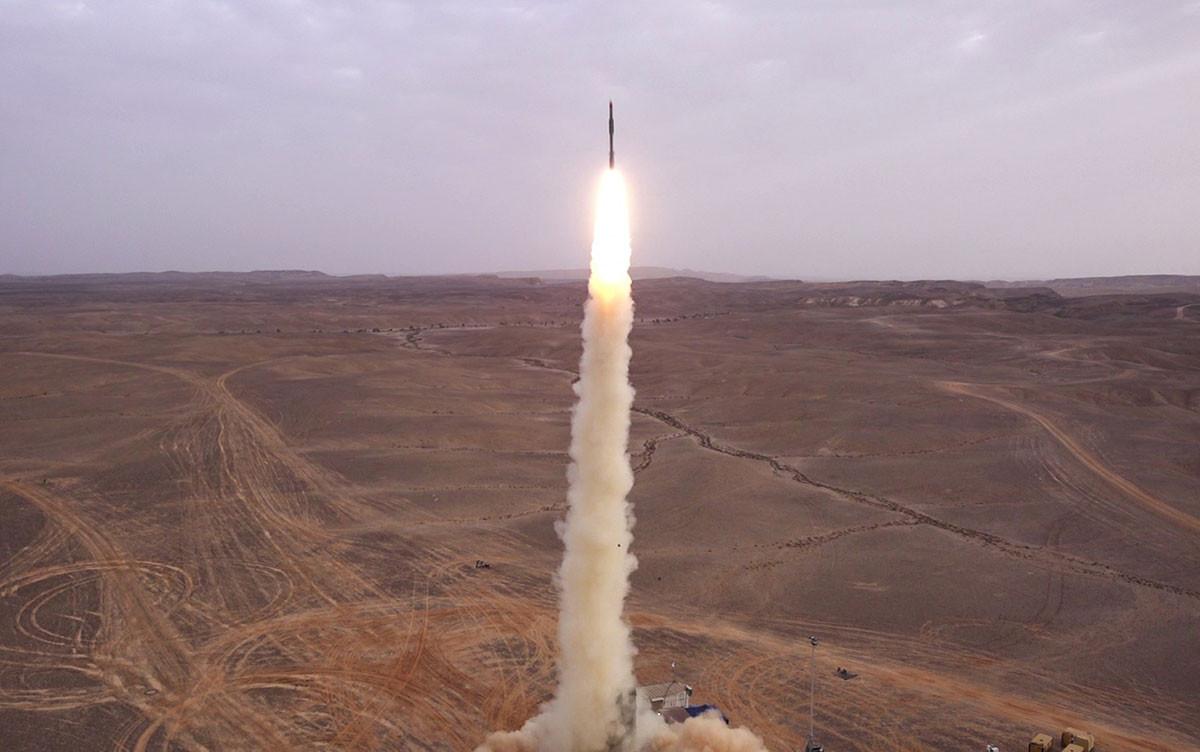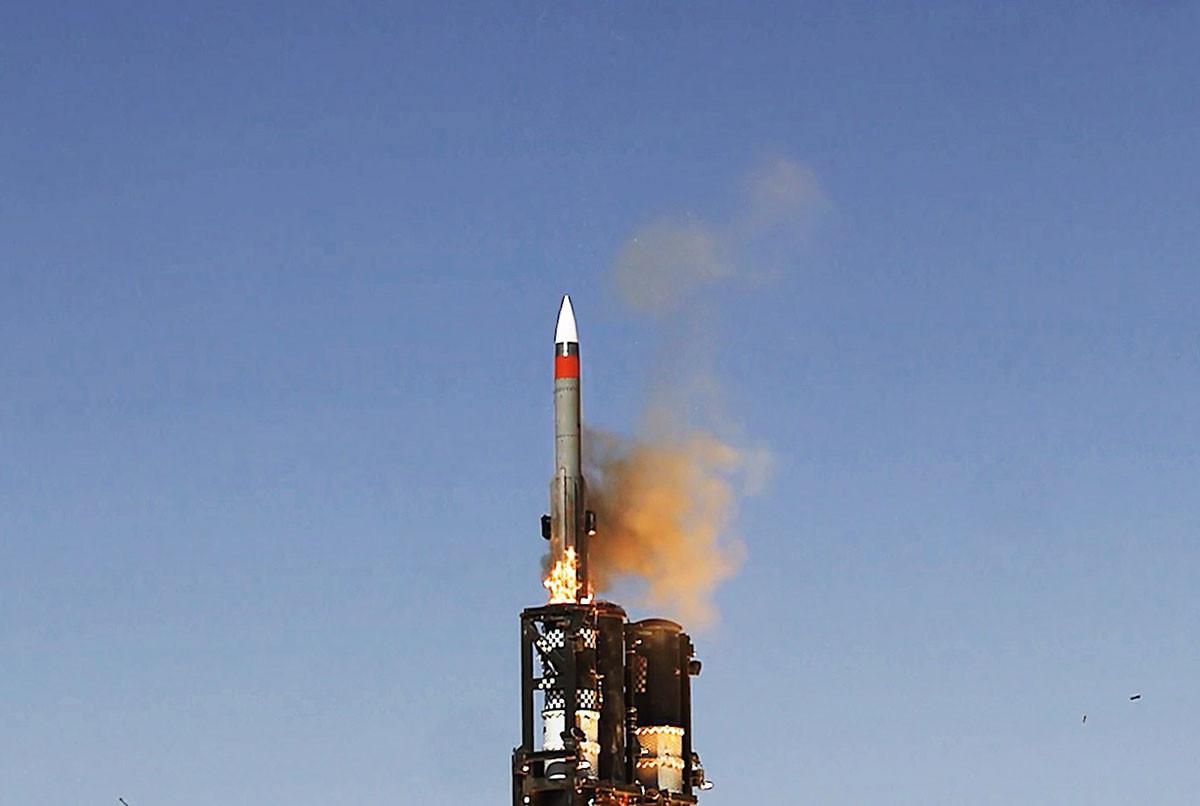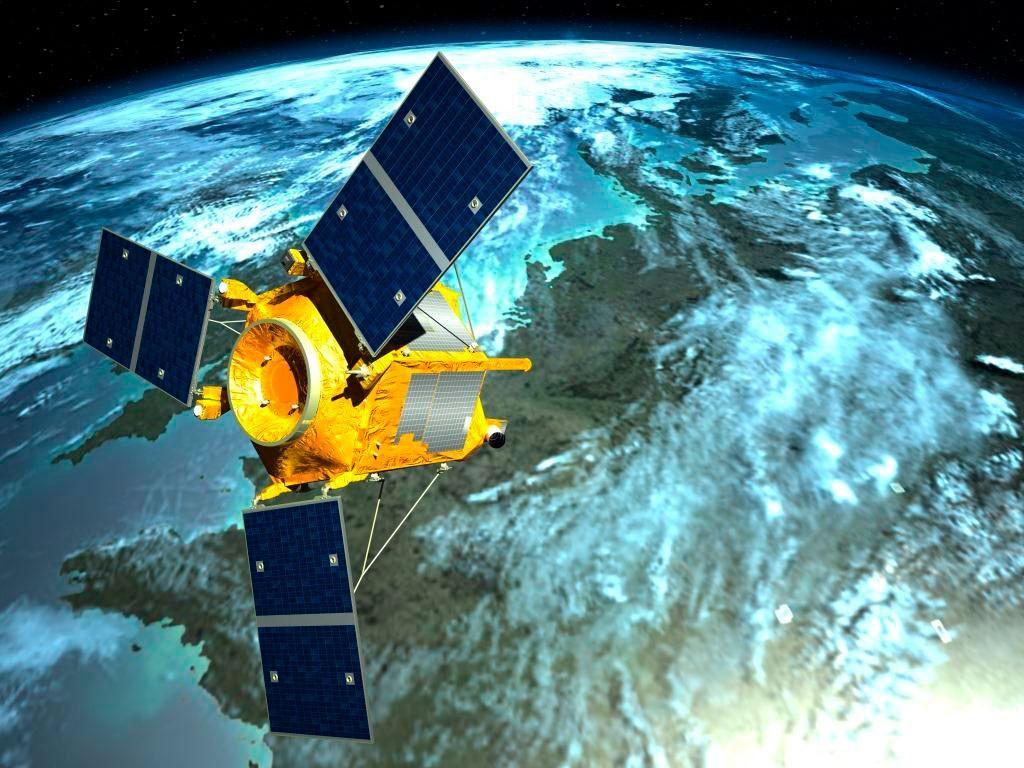
Israel to Sell Updated Air Defense System, Satellites to Azerbaijan
The Israeli air defense system can counter Armenia's new military procurements
Azerbaijan will acquire the Barak MX air defense system from Israel. The price of the transaction is estimated at US$1.2 billion.
As reported by Defence Industry Europe some months ago, Israel Aerospace Industries (IAI) performed a successful demonstration of the Barak MX systems in Azerbaijan.
The Barak MX can deploy missiles with a range of 35, 70 and 150 km against air targets. Each launcher holds eight missiles. The weapon can be used both at sea and on land. Moreover, the land version can be stationary (non-moving), transportable or mobile (self-propelled). Targets of this anti-aircraft system include fighters, helicopters, cruise and tactical ballistic missiles, drones and guided bombs.
Systems of the Barak (Hebrew for lightning) family are not new to the armed forces of Azerbaijan. In 2012 Azerbaijan signed a $1.6 billion contract with IAI, which was supposed to supply drones and the newest air defense systems. As part of this deal, in 2016, Israel delivered the Barak 8 system and its missiles. According to information, the Barak 8 launcher used by Azerbaijan is mounted on the chassis of the Belarusian MZKT-7301 truck, that is, it is a mobile weapon.
Defense analyst Leonid Nersisyan tells Hetq that the Barak MX is a suitable option for the Azerbaijani army, because it has been using these systems for a long time and has appropriate specialists operating the weapon. It is easy to integrate the Barak MX into the management system of the Azerbaijani armed forces.
"This weapon can use air defense missiles against different targets, for example, with a 150 km range missile, which is expensive, to hit high-priority targets, or with a cheaper 35 km range missile to hit targets that are slow moving or nearby," says Nersisyan.
The Barak MX is also applicable against tactical ballistic missiles. The Russian Iskander is a tactical ballistic system in Armenia's arsenal. After the 2020 Karabakh war, news spread that in November 2020, a few days before the cease-fire, Armenia launched an Iskander missile in the direction of Baku, which was shot down by an Israeli Barak 8. No evidence of this was ever presented.
Nersisyan says the Barak MX may possibly be used against Iskander missiles as well and notes the history of U.S. Patriot air defense systems against Iskander missiles. He adds that after the 2020 war the news that Azerbaijan shot down an Iskander missile by Barak 8 was a propaganda ploy by Baku. "I think it was more of a propaganda move by Azerbaijan to show that they can shoot down Iskanders and that Armenia fired such a missile in their direction."
Nersisyan says the Barak MX, down the road, can be used to counter weapons that Armenia will buy in the next few years.
The Barak MX is a wholly Israeli weapon, whereas, for example, the MR-SAM, or the LR-SAM of the same family, are designed and produced jointly with India. In January of this year, the Indian Defense Research Wing platform reported that Armenia is considering acquiring medium-range MR-SAM systems from India. The Indian source wrote that according to its information, although Israel's consent may not be required for the export of MR-SAM, India should inform IAI about the deal with Armenia.
Nersisyan says he is not aware of any Armenian-Indian agreement regarding MR-SAM, supposing that Armenia has only expressed an interest in this type of weapon. He is not optimistic whether Armenia will be able to acquire these weapons from India if it needs Israel's consent. "Our relations with Israel are not in a very good now, and Israel has its preferred partner in the region," Nersisyan says referring to Azerbaijan.
It should be noted that there is no information about what components of Barak MX are included in the $1.2 billion deal (i.e., the launcher, command post, radar, refueling and service vehicles) and how many there are.
Azerbaijan will receive new satellites from Israel
Baku’s acquisition of the Barak MX system is not the only result of the cooperation between Azerbaijan and Israel Aerospace Industries (IAI). IAI supplies Azerbaijan with "kamikaze" type Harop drones, LORA tactical ballistic systems, and LAHAT anti-tank missiles.
In the spring of this year, it was revealed that IAI will sell two monitoring space satellites to Azerbaijan.
In June 2014, the European Airbus Defense and Space company launched the SPOT 7 satellite from the territory of India. It was acquired by Azerbaijan in December of the same year and renamed Azersky. According to Azerbaijan, the satellite had a wide range of applications: defense, security, response to emergency situations, natural resources reconnaissance, maritime observation, environmental protection, urban planning, mapping, agriculture, tourism, etc.
After acquiring the satellite, Baku announced the Azersky project cost 157 million euros.
On October 15, 2020, as the war raged on in Karabakh, the French L'Obs newspaper wrote that although Azersky was exclusively for monitoring Baku's oil and gas fields, in fact it also works in the field of defense and security. The French periodical noted that this civilian satellite allows Baku to remotely oversee operations against Armenians. Ilham Aliyev also confirmed this claim in February 2021.
In fact, when the European-made Azersky (SPOT 7) got out of control (the communication with Azersky was cut off), Azerbaijan turned to Israel for help. The Israeli Globes wrote that in this case it is about IAI's OptSat 500 observer satellites.
According to IAI data, these satellites take pictures in panchromatic, multispectral (RGB+NIR) and short-wave infrared (SWIR) spectrums. The resolution of the images is 0.4 m or 40 cm, which exceeds the indicators of Azersky (1,5 m for panchromatic and 6 m for multispectral pictures). The lifetime of OptSat 500 satellites is seven years.
"These satellites are a very important purchase for Azerbaijan," says Nersisyan. "The resolution is quite good. There are commercial satellites of this level from which you can order pictures. The best commercial satellites are the Maxar ones, whose resolution is 0.3 m, but it's one thing to order and another thing is to have two of your own and have the opportunity to photograph whatever you want."
Armenia also has its own observing satellite, which was sent into Earth's orbit on May 25, 2022, from the USA. The Spanish-made satellite, which received the name ARMSAT_1, takes multispectral (RGB+NIR) pictures, and the resolution of the pictures is 1.8 m, which is a weaker indicator than Azersky and the Israeli OptSat 500.
"The observation satellites are for optical reconnaissance," says Nersisyan. “With a resolution of 40 cm, you can't see people, but you can see a tank, a car, various military objects, positions quite well. Constantly taking pictures can give Azerbaijan quite a lot of information not only about the Armenian army, but also about other strategic areas."
Of note is that the satellites to be acquired by Azerbaijan still need to be manufactured. According to Globes, until then IAI must conduct satellite technology and operation courses for Azerbaijanis. According to Azerbaijani media, IAI will take over the design, assembly, integration and testing of the first of the OptSat 500 satellites, involving Azerbaijani specialists.
Furthermore, the Israelis will also help the Azercosmos agency in designing a new center for the preparation of satellites in Azerbaijan. Globes has reported that Azercosmos plans a long-term cooperation deal with IAI that includes the creation of innovative and entrepreneurial centers in the field of space activities in Azerbaijan, academic training in space technologies, as well as the opening of a joint business center.
Summarizing Israeli military purchases by Azerbaijan, Leonid Nersisyan says that the continuous cargo flights between the two countries show that in addition to the supply of Barak MX and satellites, there are other contracts, which, however, Azerbaijan does not publicize.
Nersisyan points out that, contrary to before the 2020 war, Azerbaijan now doesn’t speak much about its military purchases.
(Leonid Nersisyan is a defense analyst and research fellow at APRI Armenia. He focuses on Russia, the South Caucasus, the Indian and Chinese arms markets, and international security matters, among others.)
 Videos
Videos Photos
Photos




Write a comment